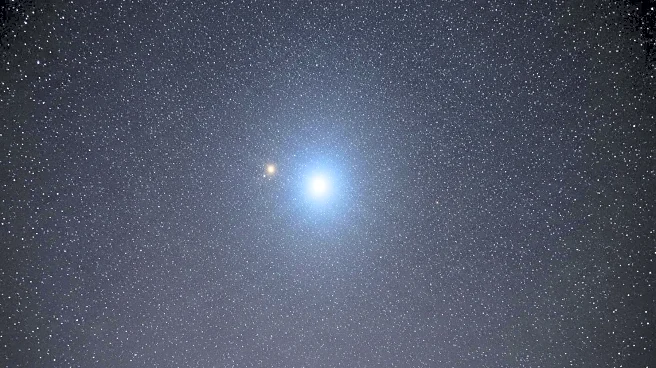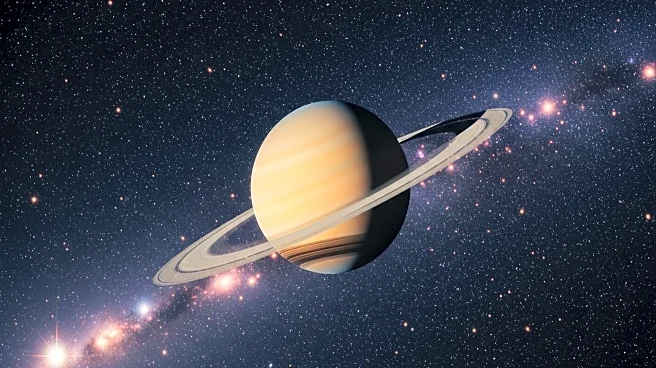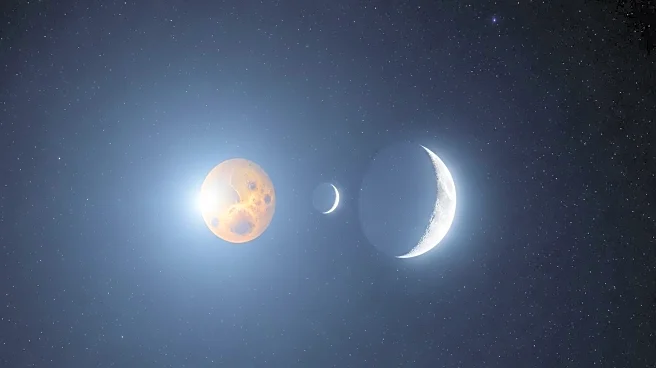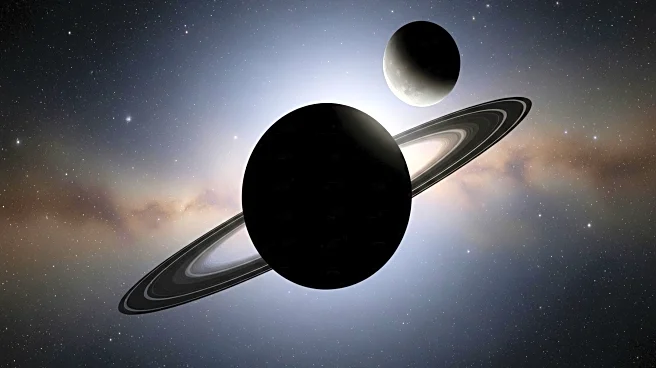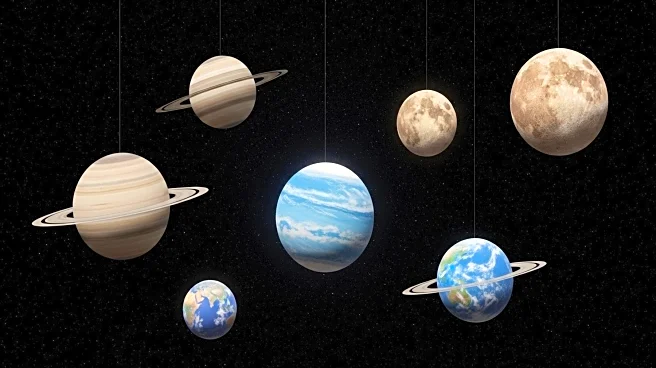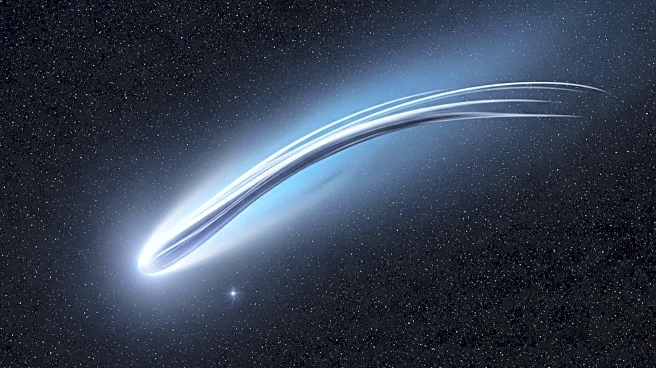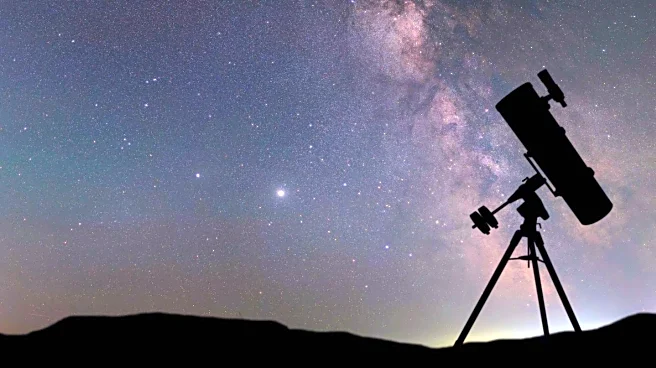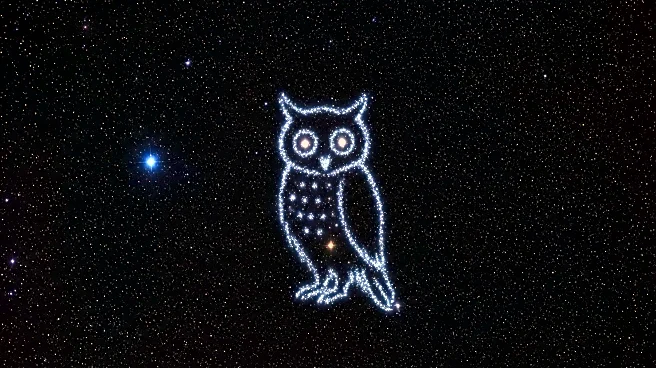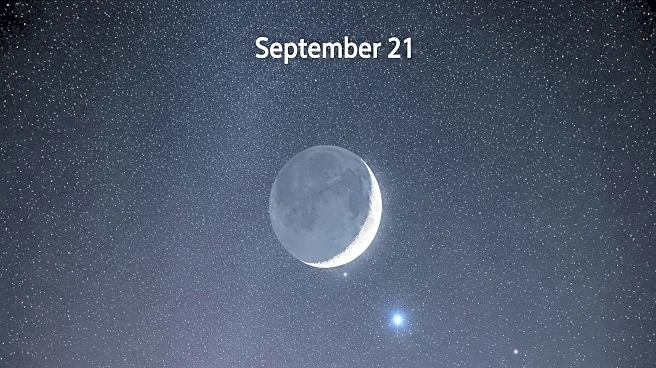What's Happening?
The gegenschein, a faint brightening of the night sky opposite the Sun, is caused by interplanetary dust reflecting sunlight. This phenomenon is observable under dark skies when the antisolar point is at least 25° above the horizon, ideally near local midnight. Historical records attribute early sightings to explorers and astronomers such as Alexander von Humboldt and Edward Emerson Barnard. Observing the gegenschein requires specific conditions, including a dark location, moonless nights, and avoiding periods when the Milky Way or bright planets obscure the view.
Why It's Important?
The gegenschein offers astronomers a unique opportunity to study interplanetary dust and its effects on light reflection. Understanding this phenomenon contributes to broader knowledge of the solar system's structure and the distribution of cosmic dust. Observations of the gegenschein can enhance models of light scattering and improve predictions about zodiacal light patterns. This research is valuable for both amateur and professional astronomers, providing insights into celestial mechanics and the interaction between solar radiation and cosmic particles.
What's Next?
Astronomers may continue to refine techniques for observing the gegenschein, potentially developing new methods to enhance visibility under varying conditions. Future studies could focus on quantifying the dust's properties and its impact on light reflection. Collaboration with international observatories might lead to more comprehensive data collection, improving understanding of zodiacal light phenomena. Public outreach and educational programs could increase awareness and interest in observing the gegenschein among amateur astronomers.

